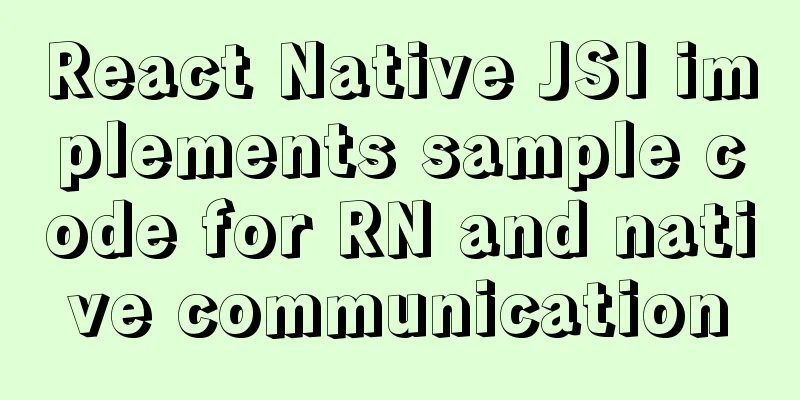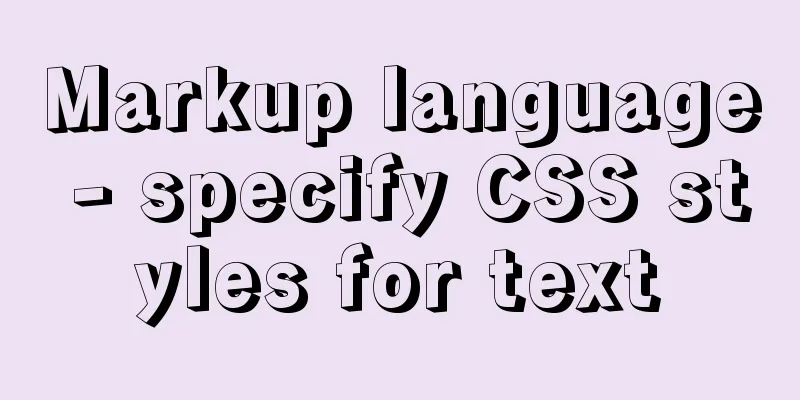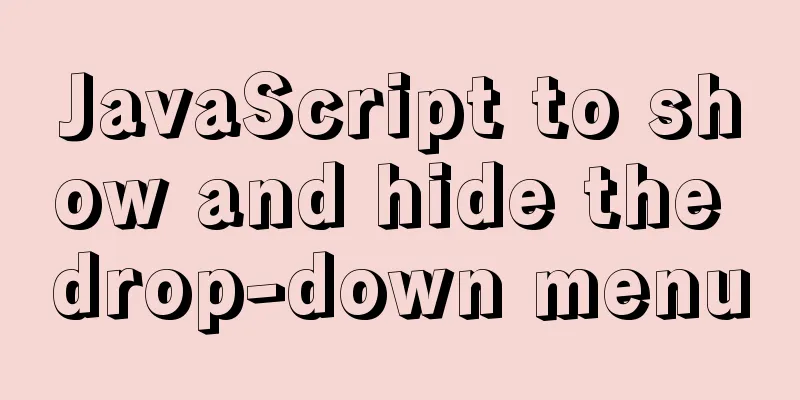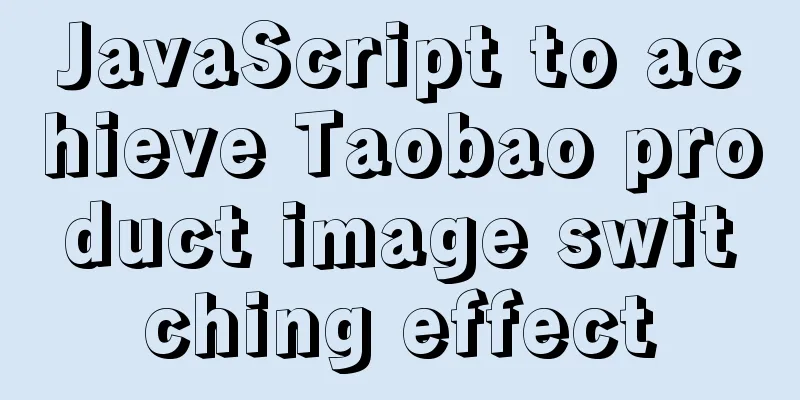How to achieve 3D dynamic text effect with three.js
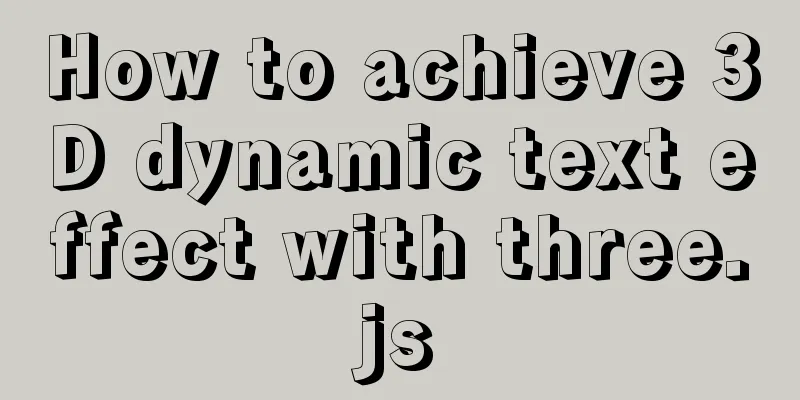
PrefaceHello everyone, this is the CSS wizard - alphardex. When I was browsing foreign websites before, I found that some websites’ texts were engraved on 3D graphics and could move on the graphics. The visual effect was quite good, so I also wanted to use three.js to try to reproduce this effect.
The above picture is just one of all the effects. Let’s get started. PreparationThe three.js template I packaged myself: Three.js Starter Readers can click on the lower right corner to fork a copy before starting this project This project requires bitmap fonts. You can directly copy the font code in the HTML of the demo. One note: the three-bmfont-text library depends on the global three.js, so you need to import three.js once more in JS, as shown below
Implementation ideas
positiveSet up the scaffolding <div class="relative w-screen h-screen"> <div class="kinetic-text w-full h-full bg-blue-1"></div> <div class="font"> <font> A bunch of font codes from the demo CV</font> </div> </div>
:root {
--blue-color-1: #2c3e50;
}
.bg-blue-1 {
background: var(--blue-color-1);
}
import createGeometry from "https://cdn.skypack.dev/[email protected]"; import MSDFShader from "https://cdn.skypack.dev/[email protected]/shaders/msdf"; import parseBmfontXml from "https://cdn.skypack.dev/[email protected]"; const font = parseBmfontXml(document.querySelector(".font").innerHTML); const fontAtlas = "https://i.loli.net/2021/02/20/DcEhuYNjxCgeU42.png"; const kineticTextTorusKnotVertexShader = `(vertex shader code, empty for now, see below for details)`; const kineticTextTorusKnotFragmentShader = `(fragment shader code, empty for now, see below for details)`; class KineticText extends Base { constructor(sel: string, debug: boolean) { super(sel, debug); this.cameraPosition = new THREE.Vector3(0, 0, 4); this.clock = new THREE.Clock(); this.meshConfig = { torusKnot: vertexShader: kineticTextTorusKnotVertexShader, fragmentShader: kineticTextTorusKnotFragmentShader, geometry: new THREE.TorusKnotGeometry(9, 3, 768, 3, 4, 3) } }; this.meshNames = Object.keys(this.meshConfig); this.params = { meshName: "torusKnot", velocity: 0.5, shadow: 5, color: "#000000", frequency: 0.5, text: "ALPHARDEX", cameraZ: 2.5 }; } // Initialize async init() { this.createScene(); this.createPerspectiveCamera(); this.createRenderer(true); await this.createKineticText(this.params.text); this.createLight(); this.createOrbitControls(); this.addListeners(); this.setLoop(); } // Create dynamic text async createKineticText(text: string) { await this.createFontText(text); this.createRenderTarget(); this.createTextContainer(); } } Loading and creating fonts First load the font file and create the shape and material. With these two, you can create a font object.
class KineticText extends Base {
loadFontText(text: string): any {
return new Promise((resolve) => {
const fontGeo = createGeometry({
font,
text
});
const loader = new THREE.TextureLoader();
loader.load(fontAtlas, (texture) => {
const fontMat = new THREE.RawShaderMaterial(
MSDFShader({
map: texture,
side: THREE.DoubleSide,
transparent: true,
negate: false,
color: 0xffffff
})
);
resolve({ fontGeo, fontMat });
});
});
}
async createFontText(text: string) {
const { fontGeo, fontMat } = await this.loadFontText(text);
const textMesh = this.createMesh({
geometry: fontGeo,
material:fontMat
});
textMesh.position.set(-0.965, -0.525, 0);
textMesh.rotation.set(ky.deg2rad(180), 0, 0);
textMesh.scale.set(0.008, 0.025, 1);
this.textMesh = textMesh;
}
}
Shaders Vertex Shader Universal template, just use CV
varying vec2 vUv;
varying vec3 vPosition;
void main(){
vec4 modelPosition=modelMatrix*vec4(position,1.);
vec4 viewPosition=viewMatrix*modelPosition;
vec4 projectedPosition=projectionMatrix*viewPosition;
gl_Position = projectedPosition;
vUv=uv;
vPosition=position;
}
Fragment Shader Use the fract function to create a repeated texture, add displacement to make the texture move over time, and then use the clamp function to limit the range of the shadow according to the z-axis size, which means that the farther away from the screen, the heavier the shadow, and vice versa, the closer to the screen, the lighter the shadow
uniform sampler2D uTexture;
uniform float uTime;
uniform float uVelocity;
uniform float uShadow;
varying vec2 vUv;
varying vec3 vPosition;
void main(){
vec2 repeat = vec2(12.,3.);
vec2 repeatedUv=vUv*repeat;
vec2 displacement=vec2(uTime*uVelocity,0.);
vec2 uv=fract(repeatedUv+displacement);
vec3 texture=texture2D(uTexture,uv).rgb;
// texture*=vec3(uv.x,uv.y,1.);
float shadow = clamp (vPosition.z / uShadow, 0., 1.); // farther darker (to 0).
vec3 color = vec3(texture*shadow);
gl_FragColor = vec4(color,1.);
}
The text is now displayed on the screen Creating a Render Target To use the font object itself as a texture, a render target is created
class KineticText extends Base {
createRenderTarget() {
const rt = new THREE.WebGLRenderTarget(
window.innerWidth,
window.innerHeight
);
this.rt = rt;
const rtCamera = new THREE.PerspectiveCamera(45, 1, 0.1, 1000);
rtCamera.position.z = this.params.cameraZ;
this.rtCamera = rtCamera;
const rtScene = new THREE.Scene();
rtScene.add(this.textMesh);
this.rtScene = rtScene;
}
}
Creating a font container Create a container and attach the font object itself as a texture, then apply the animation to complete it.
class KineticText extends Base {
createTextContainer() {
if (this.mesh) {
this.scene.remove(this.mesh);
this.mesh = null;
this.material!.dispose();
this.material = null;
}
this.rtScene.background = new THREE.Color(this.params.color);
const meshConfig = this.meshConfig[this.params.meshName];
const geometry = meshConfig.geometry;
const material = new THREE.ShaderMaterial({
vertexShader: meshConfig.vertexShader,
fragmentShader: meshConfig.fragmentShader,
uniforms:
uTime: {
value: 0
},
uVelocity:
value: this.params.velocity
},
uTexture: {
value: this.rt.texture
},
uShadow:
value: this.params.shadow
},
uFrequency: {
value: this.params.frequency
}
}
});
this.material = material;
const mesh = this.createMesh({
geometry,
Material
});
this.mesh = mesh;
}
update() {
if (this.rtScene) {
this.renderer.setRenderTarget(this.rt);
this.renderer.render(this.rtScene, this.rtCamera);
this.renderer.setRenderTarget(null);
}
const elapsedTime = this.clock.getElapsedTime();
if (this.material) {
this.material.uniforms.uTime.value = elapsedTime;
}
}
}
Don't forget to move the camera farther away this.cameraPosition = new THREE.Vector3(0, 0, 40); The flirty dynamic text appears :)
Project gallery Kinetic Text There are more shapes in the demo than the one created in this article. Feel free to play with them. SummarizeThis is the end of this article about how to achieve 3D dynamic text effects with three.js. For more related three.js 3D dynamic text content, please search 123WORDPRESS.COM’s previous articles or continue to browse the following related articles. I hope everyone will support 123WORDPRESS.COM in the future! You may also be interested in:
|
<<: MySQL 5.6.33 installation and configuration tutorial under Linux
>>: Implementation of ssh non-secret communication in linux
Recommend
How to find out uncommitted transaction information in MySQL
A while ago, I wrote a blog post titled "Can...
How to install Docker and configure Alibaba Cloud Image Accelerator
Docker Installation There is no need to talk abou...
How to open MySQL binlog log
binlog is a binary log file, which records all my...
Analysis of different MySQL table sorting rules error
The following error is reported when MySQL joins ...
Common operation commands of MySQL in Linux system
Serve: # chkconfig --list List all system service...
Sample code for implementing music player with native JS
This article mainly introduces the sample code of...
Detailed explanation of JavaScript data types
Table of contents 1. Literals 1.1 Numeric literal...
Vue implements left and right sliding effect example code
Preface The effect problems used in personal actu...
Eight hook functions in the Vue life cycle camera
Table of contents 1. beforeCreate and created fun...
Solution to the problem that Docker container cannot be stopped or killed
Docker version 1.13.1 Problem Process A MySQL con...
Implementation of CSS equal division of parent container (perfect thirds)
The width of the parent container is fixed. In or...
Summary of constructor and super knowledge points in react components
1. Some tips on classes declared with class in re...
Detailed explanation of the process of zabbix monitoring sqlserver
Let's take a look at zabbix monitoring sqlser...
Example of how to modify styles via CSS variables
question How to modify CSS pseudo-class style wit...
Disable input text box input implementation properties
Today I want to summarize several very useful HTML...



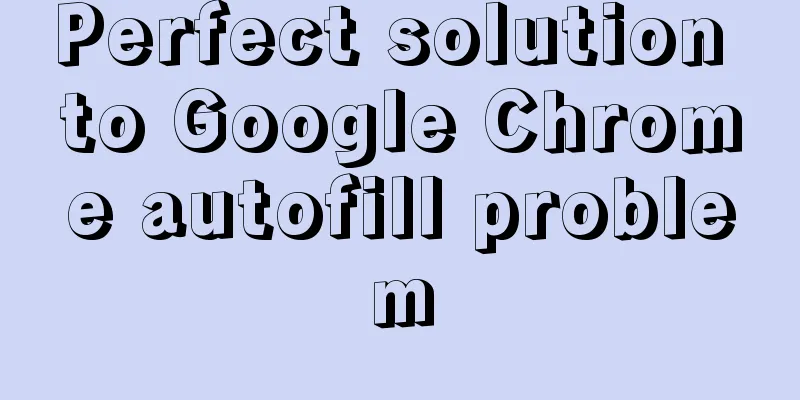


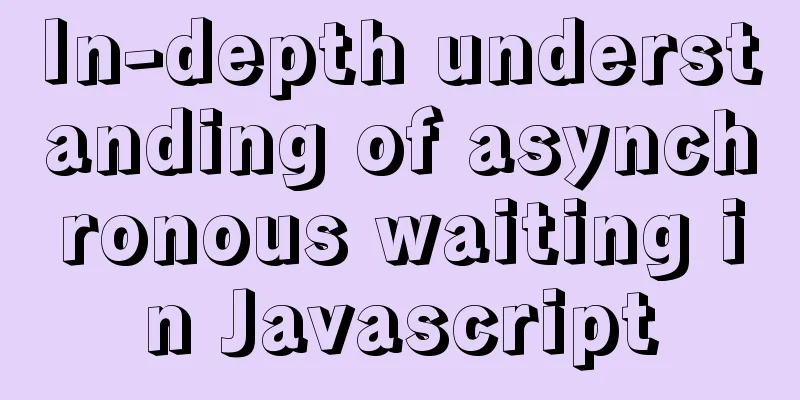

![MySQL database table partitioning considerations [recommended]](/upload/images/67caeb3c93f97.webp)
